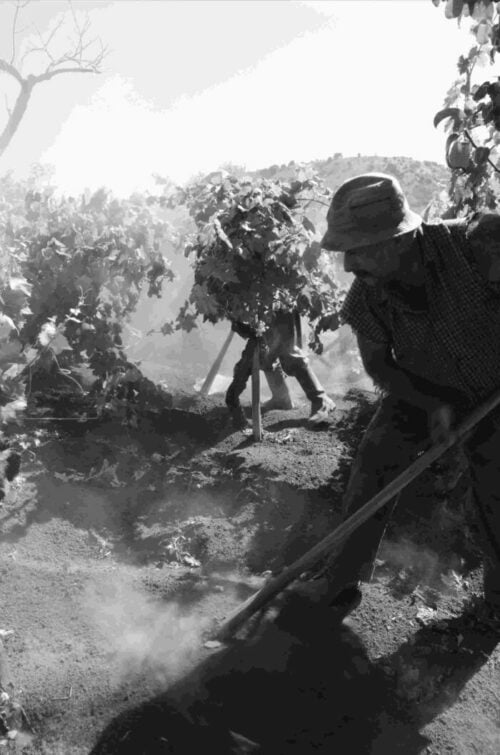Forget about arguments for or against trendy topics like Natural Wines and the existence of terroir, because nothing causes more debate among lovers of fine wine than decanting. And most people have a love-hate relationship with those transparent glass containers.

© Paolo Tenti | Franco Biondi Santi
Forget about arguments for or against trendy topics like Natural Wines and the existence of terroir, because nothing causes more debate among lovers of fine wine than decanting. And most people have a love-hate relationship with those transparent glass containers.
When it comes to decanting great Italian wines, I happily adhere to the ancient adage, “When in Rome, do as the Romans do”, which generally means forgoing the decanter. Case in point: on my recent rip to Piedmont to taste the latest vintages of Barolo, Barbaresco and Roero at the annual press tastings, followed by visits to producers who opened up numerous vintages – including a 1971 Barolo Monfalletto at Cordero Montezomolo and a 1978 Barolo Bussia at Giacomo Fenocchio – most winemakers shied away from decanting. Instead, they opened the bottles at the beginning of the visit to let the wines breathe before pouring. Local restaurants rarely recommended decanting either, not even for a 1997 Gigi Rosso Barolo Arione, which the beverage director opened as soon as we ordered and left it to breathe for an hour while sipped on a young white with our starters. All of the wines showed beautifully.
Many Italian winemakers feel that decanting wines, especially older vintages, destroys fragile bouquets and causes shock in general. As winemaker Maria Teresa Mascarello of Cantina Bartolo Mascarello puts it, “Decanting an older or old vintage is traumatic for the wine. It’s like violently shaking an eighty-five year old person – it’s harmful, and maybe even life-threatening.”
Across the pond on the other hand, decanting wine is almost an obsession. Many restaurants and wine bars recommend pouring fine wines – aged and young – slowly into a glass decanter before serving because the wine will open up faster in the presence of more oxygen. Another reason behind decanting is to separate the wine from any sediment that naturally forms on the bottom of bottles in aged wines and in some young bottlings if a wine is unfiltered. Some sommeliers also advocate pouring the decanted wine back into the original bottle, known as ‘double decanting,’ for presentation purposes or because they simply don’t have enough decanters on hand to park for hours at a time on numerous tables.
Jeff Porter, the beverage director at New York’s Del Posto, advocates decanting, especially in a restaurant setting. “At home you generally know what you are going to drink so you can open it ahead of time to allow the wine to get to whatever point you desire. At a restaurant, the choice of a wine is generally made in the moment – the addition of oxygen, in my opinion, helps wake up the wine in a more timely fashion for the guests’ experience. The choice is based upon prior experience with the wine – it could be young, old or middle-aged. The sommeliers at each restaurant discuss their findings and we try to make consistent decisions on what to decant. The other reason is I prefer to get wines off their sediments if they have a significant amount. It’s always a drag to get that last glass of wine with a chunk of sediment in it,” says Porter.
While many sommeliers and consumers agree with Porter, especially when it comes to ordering in restaurants, some aficionados, myself included, prefer to let the wine evolve slowly and naturally in the bottle and in the glass, a process that’s often lost in translation after decanting. And regarding the sediment, especially in aged wines, I agree with the late Franco Biondi Santi, who would open his celebrated Brunello Riservas hours in advance of tastings. As he once told me, “I never decant wines. Not only do I want the wines to come around gently after years of being corked, but the sediment is the best part and is full of flavor. To separate it from the wine is to lose part of that wine’s identity.”
In full disclosure, I own a decanter. And it looks beautiful when I fill it with water and long-stemmed roses and place it next to a bottle of great wine that I’ve opened a few hours ahead of time to ensure gentle aeration.
Decanting Franco Biondi Santi Italian wine Maria Teresa Mascarello
Last modified: December 31, 2023



